Bears in the Crosshairs
03 Dec 2015
Larry Rogstad addresses the state’s two-strike policy
By Julie Marshall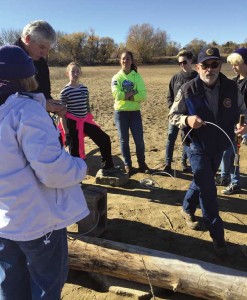
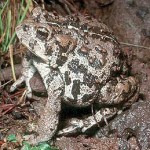
(photo: Audubon)
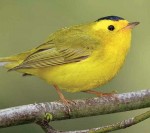
(photo Audubon)
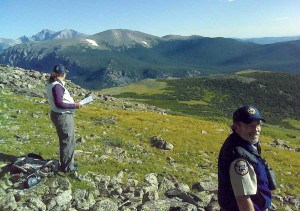
(Photo by Jason Deutsch)
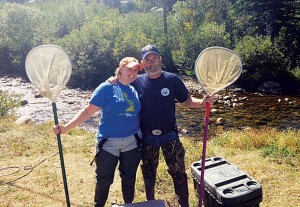
(Photo by Jason Duetsch)
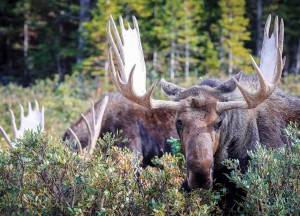
(Photo by Jason Duetsch)
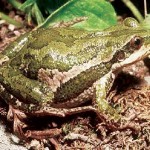
(photo: Audubon)
Julie Marshall is a former Daily Camera editorial page associate editor who writes extensively on Colorado wildlife and children living with different abilities. She is the author of Making Burros Fly: Cleveland Amory, Animal Rescue Pioneer (2006). She and her family live in Lafayette.












